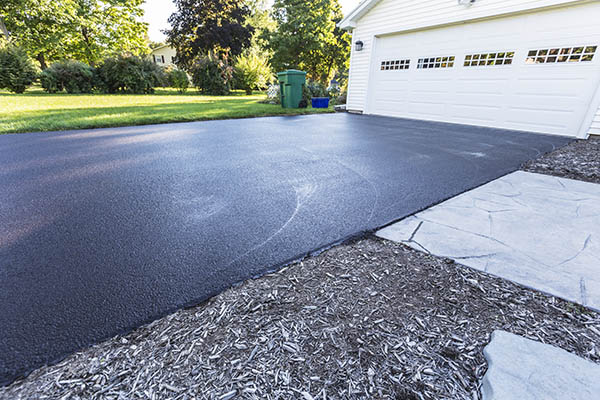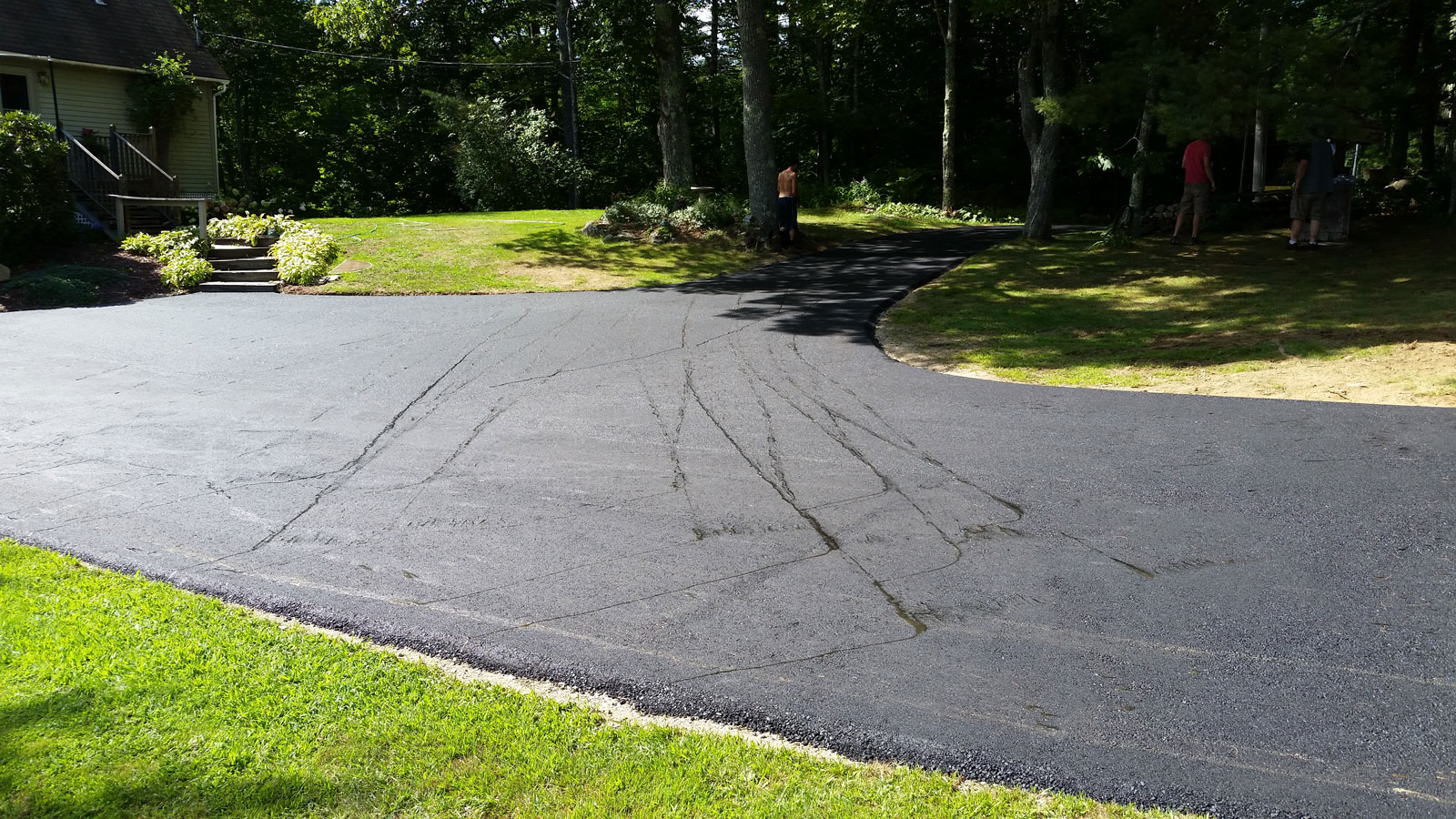Discover the Power of Industrial Car Park Paving and Asphalt Sealing
Discover the Power of Industrial Car Park Paving and Asphalt Sealing
Blog Article
Hot Mix Asphalt: A Sustainable Option for Sidewalk
Hot Mix Asphalt (HMA) has arised as a leading sustainable choice for pavement solutions, supplying a myriad of ecological benefits and ingenious modern technologies. As the need for green building practices expands, checking out the subtleties of HMA's sustainability can offer valuable understandings into the future of pavement services.
Ecological Benefits of Warm Mix Asphalt

Additionally, Hot Mix Asphalt helps to alleviate urban warmth island impacts. Its dark color soaks up sunlight, reducing the quantity of warmth showed back right into the atmosphere compared to lighter-colored sidewalks. This can lower ambient temperature levels in urban locations, reducing the need for air conditioning and eventually reducing energy usage.
In enhancement, Hot Mix Asphalt contributes to enhanced stormwater administration. Its permeable nature allows water to infiltrate the pavement and reenergize groundwater materials, lowering drainage and the threat of flooding. These environmental benefits make Warm Mix Asphalt a sustainable choice for leading highways and roads.
Power Performance in HMA Manufacturing
Is power performance a vital element in the production of Hot Mix Asphalt (HMA)? Power plays a significant function in the manufacturing of HMA, affecting both price and environmental sustainability. One crucial aspect of energy efficiency in HMA production is the use of cozy mix asphalt (WMA) innovations.
In addition, innovations in plant modern technologies have led to even more energy-efficient HMA manufacturing procedures. By enhancing energy usage in HMA manufacturing, the sector can lower its carbon impact while maintaining top notch sidewalk products.
Recyclability of Warm Mix Asphalt
The recyclability of Warm Mix Asphalt (HMA) is a pivotal facet of its sustainability and long-lasting environmental influence. HMA is just one of the most recycled products in the United States, with over 100 million lots of reclaimed asphalt sidewalk (RAP) being reused yearly in new sidewalk construction. Reusing HMA supplies a number of ecological benefits, such as lowering the demand for virgin products, reducing power consumption during production, and decreasing the amount of waste sent to garbage dumps.
The procedure of recycling HMA includes grating the existing pavement, squashing it right into smaller sized items, and mixing it with new accumulation and asphalt binder to produce a recycled mix. This recycled mix can frequently perform in addition to or even far better than standard HMA, while calling for fewer basic materials and creating reduced greenhouse gas exhausts. By including RAP right into brand-new pavement projects, road companies can save natural sources, minimize prices, and lessen the ecological impact of road construction and maintenance activities. Generally, the recyclability of HMA plays a significant role in advertising lasting techniques within the pavement market.

Long-Term Performance of HMA
Asphalt pavements demonstrate durability and resilience over content an extended duration, mirroring the long-term performance of Warm Mix Asphalt (HMA) The durability of HMA can be credited to its ability to hold up against rush hour loads, rough climate conditions, and the impacts of aging. Research studies have actually revealed that well-designed and properly created HMA sidewalks can last for 20 years or even more with regular upkeep. The key to optimizing the lasting performance of HMA depends on making use of high-grade products, adhering to ideal practices in building, and implementing efficient upkeep techniques. Proper drainage, routine evaluations, and prompt repair services are crucial for preserving the architectural stability of HMA sidewalks over time. Additionally, innovations in HMA technology, such as making use of polymer-modified binders and cozy mix asphalt, have actually additionally enhanced the resilience and long life of HMA pavements. By prioritizing quality construction and maintenance techniques, HMA proceeds to confirm itself as a lasting and cost-efficient solution for durable sidewalk framework.

HMA: Resilience and Sustainability
Demonstrating both toughness and sustainability, Warm Mix Asphalt (HMA) has actually become a cornerstone in the construction of lasting pavement facilities - hot mix asphalt. HMA's resilience stems from its capability to stand up to hefty lots, harsh climate problems, and high website traffic volumes, making it a dependable option for roads, freeways, and airport runways. The make-up of HMA, which generally includes accumulations, binder, and filler, plays a critical duty in boosting its long life and resistance to damage
Furthermore, HMA's sustainability hinges on its recyclability and energy-efficient production process. The ability to recycle recovered asphalt pavement (RAP) in brand-new HMA blends reduces the demand for virgin products and lessens the environmental effect of pavement building and construction and maintenance. Additionally, the energy efficiency of generating HMA depends on its lower blending temperature levels contrasted to other sidewalk materials, leading to lowered energy consumption and greenhouse gas exhausts.
Conclusion
Finally, hot mix asphalt (HMA) uses a lasting solution for pavement with its eco friendly attributes. HMA's recyclability, energy efficiency in production, and long-lasting durability make it a green selection for roadway construction. By saving natural deposits, lowering waste, and reducing greenhouse gas discharges, HMA plays an essential duty in promoting sustainability in infrastructure advancement. Its ability to minimize urban heat island impacts further emphasizes its value in developing environmentally mindful and resistant pavement systems.
HMA is one of the most recycled materials in the United States, with over 100 million tons of recovered asphalt pavement (RAP) being reused every year in brand-new pavement building.The process of reusing HMA entails milling the existing pavement, crushing it into smaller items, and blending it with new accumulation and asphalt binder to develop a recycled mix.Asphalt sidewalks demonstrate sturdiness and durability over an extended duration, mirroring the lasting efficiency of Hot Mix Asphalt (HMA) Additionally, developments in HMA innovation, such visit their website as the usage of polymer-modified binders and cozy mix asphalt, have actually further enhanced the sturdiness and durability of HMA sidewalks. The capability to reuse redeemed asphalt pavement (RAP) in new HMA combinations minimizes More Bonuses the demand for virgin products and lessens the environmental influence of sidewalk building and construction and maintenance.
Report this page